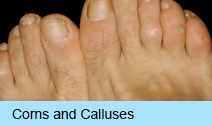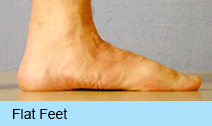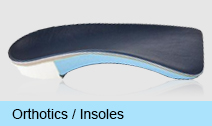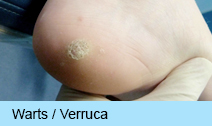One of the first steps to healthy running is wearing supportive running shoes. Neglecting to wear proper footwear can lead to a variety of foot problems that can cause injury and impede performance. Feet are generally categorized into three types: low/flat arch, normal arch, and high arch. Look below to see which type of running shoe fits your foot type.
For feet with low arches: Choose a supportive shoe that is designed for stability and motion control. These shoes help to correct for overpronation.
For feet with normal arches: Choose a shoe with equal amounts of stability and cushioning to help absorb shock.
For feet with high arches: Choose a cushioned running shoe with a softer midsole and more flexibility. This will compensate for the poor shock absorption of a high-arched foot.
Barefoot running is a possible alternative or training adjunct to running with shoes. While anecdotal evidence and testimonials proliferate on the Internet and in the media about the possible health benefits of barefoot running, research has not yet adequately shed light on the immediate and long-term effects of this practice.
Barefoot running has been touted as improving strength and balance, while promoting a more natural running style. However, risks of barefoot running include a lack of protection, which may lead to injuries such as puncture wounds, and increased stress on the lower extremities. Research is ongoing in regards to the risks and benefits of barefoot running.


















